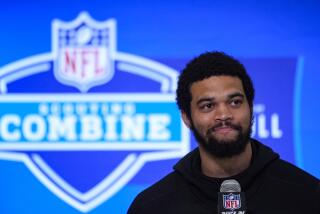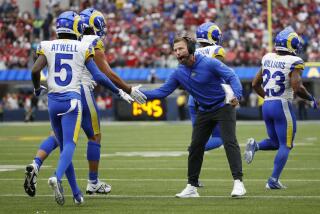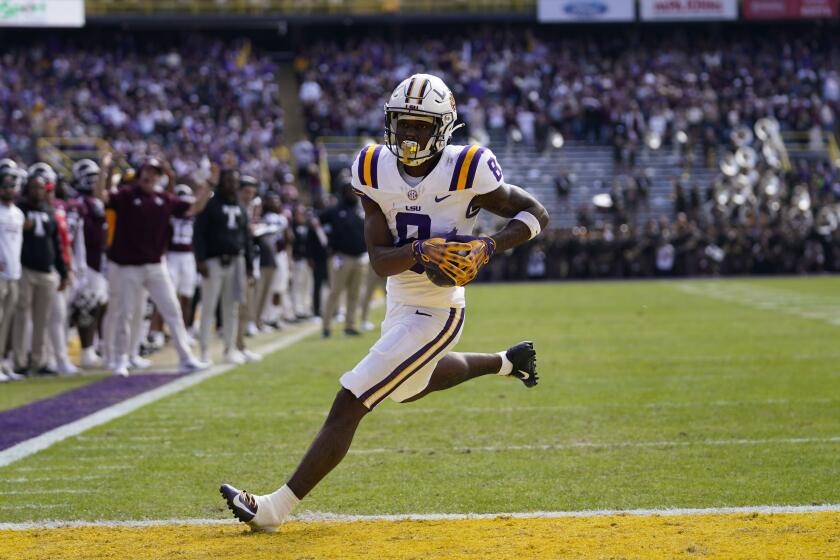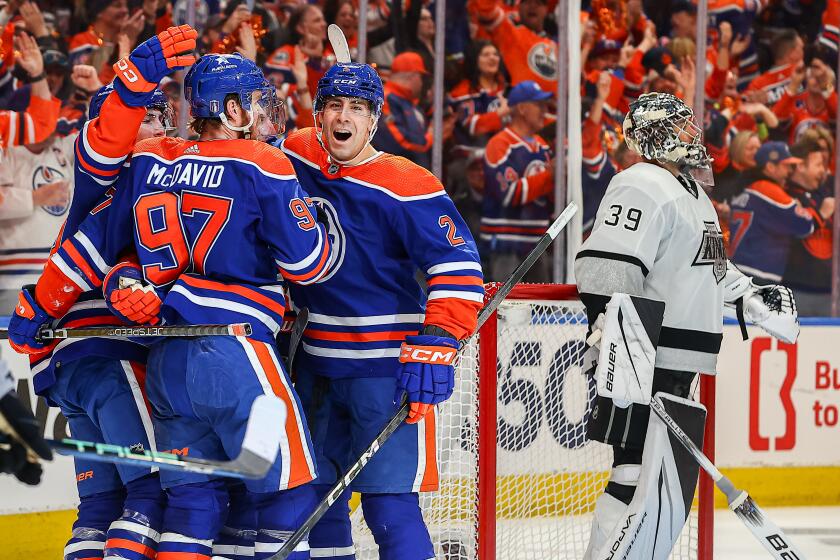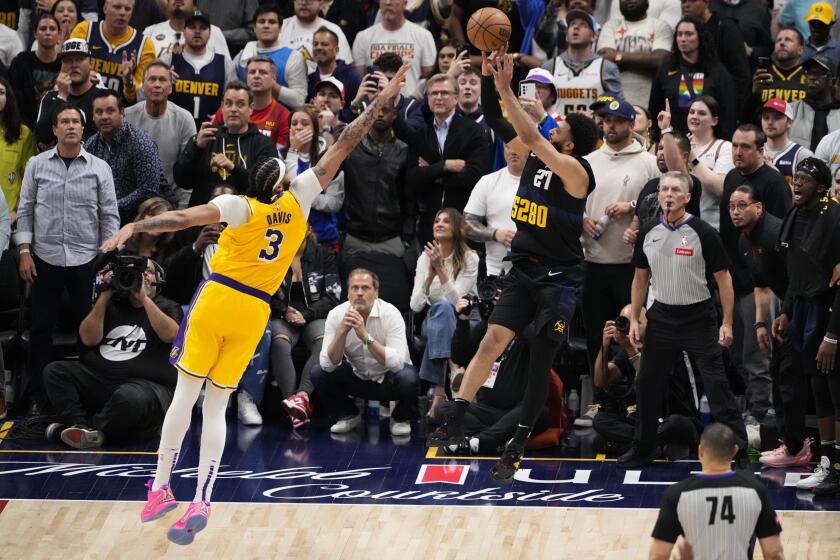NFL combine scores with fans, team executives for different reasons

The half mile or so that leads you from Hall A to Hall K is full of distractions. There are sessions on “Deadly Dust” … “A Safer Look at Welding” … “A Safety Manager’s Guide to Millennials” …
A cardboard cutout of Pope Francis has instructions on how to find a worship area.
But, no offense to the papacy or to the fine folks with the Indiana Safety and Health Conference & Expo, those aren’t the reasons 30,000-plus fans will walk through the doors of the Indiana Convention Center over the next four days.
They’ll come because they want to watch draft prospects run, jump, lift and bend — a testament to the appetite for professional football and the willingness of the NFL to serve it up.
If fans make it to Hall K without being diverted, they can even post up in the stadium-style seating and witness prospects bench press. The NFL doesn’t even charge for the privilege — yet.
But if the football-crazy public yearns for 40-yard dash times, bench reps and official weights, executives around the NFL view the data almost with a shrug.
“The times and stuff might come into play when you have guys who are kind of tied,” Tampa Bay General Manager Jason Licht said.
The combine the public sees, and apparently wants, is centered on “measurables,” where tenths of a second are the difference between being “fast” and “meh.” But NFL execs know the numbers here in Indianapolis, where the combine has been since 1987, can lie.
In 2000, Norwegian strongman Leif Larsen bench-pressed 225 pounds 45 times — then the second-most in combine history. The Buffalo Bills, undoubtedly wowed by his strength, spent a sixth-round pick on him. Five picks later, the New England Patriots took the lead-footed Tom Brady.
It’s why teams like the Buccaneers come to the combine with their draft board already set, looking to affirm opinions more than they’re looking to uncover diamonds on the turf.
“It’s just confirmation. We have our draft board,” Licht said. “We try to get it as set as much as possible before we come here so we’re not getting caught up in workout wonders.”
The most important and valuable information at the combine isn’t uncovered on the bench press, at the cone drill or between the 40-yard dash starting and finishing line. Instead, it happens in medical rooms where gaggles of doctors examine each of the more-than 300 prospects.
When Tennessee General Manager Jon Robinson took to the podium to speak with the assembled press, he opened by listing three things he wanted out of the weekend — and medical examination, probably not coincidentally, came first.
“If nothing else… our doctors putting their hands on guys, that’s worth its weight in gold,” said Licht, who included interviews and on-field performances on his list. “That’s what the combine was really set up for.”
The measurables shouldn’t be ignored. Historical data says that.
“The high-end players in our league have certain physical traits that allow them to be high-end players. And if they don’t have one of those traits, they’d better have something that offsets it,” Indianapolis Colts General Manager Chris Ballard said. “If they’re deficient in one area, they’d better be really special in another.”
But if they’re really special, everyone probably knew before coming to Indianapolis.
The times can break a tie. They can settle side bets inside front offices. But, they’re not shaping decisions.
“It’s usually the tape you’re going to,” Licht said.
More to Read
Get our high school sports newsletter
Prep Rally is devoted to the SoCal high school sports experience, bringing you scores, stories and a behind-the-scenes look at what makes prep sports so popular.
You may occasionally receive promotional content from the Los Angeles Times.
